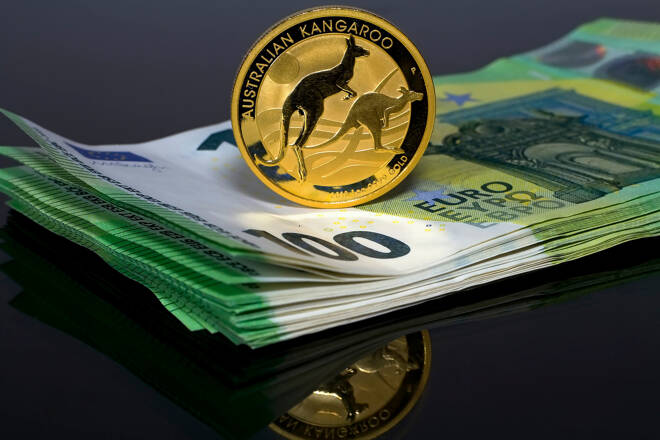Advertisement
Advertisement
AUD to USD Forecast: China, US Consumer Sentiment, and the Fed in Focus
By:
Investor focus shifts to Beijing as economic data from China call for a substantial stimulus package that could bolster the Australian economy and AUD/USD.
Highlights
- The AUD/USD gained 0.32% on Thursday, ending the session at $0.65726.
- On Friday, Beijing will be in the spotlight. Recent economic indicators call for a more meaningful stimulus package.
- Later in the session, US consumer sentiment and Fed commentary warrant investor attention.
Thursday Overview of the AUD/USD
The AUD/USD gained 0.32% on Thursday. Partially reversing a 0.49% loss from Wednesday, the Australian dollar ended the session at $0.65726. The Australian dollar fell to a low of $0.65251 before rising to a high of $0.65747.
Australian Labor Market in the Spotlight
On Friday, investors must monitor stimulus chatter from Beijing. Recent economic indicators from China raised expectations for a more meaningful stimulus package to bolster the economy. A convincing stimulus package would support the Australian economy and the Aussie dollar.
China accounts for one-third of Australian exports, and Australia has a trade-to-GDP ratio above 50%. An improving macroeconomic environment would improve trade terms.
Significantly, trade-related jobs account for 20% of the Australian labor market. Improving labor market conditions could support wage growth and increase disposable income. Upward trends in disposable income could fuel consumer spending. Australian private consumption contributes 50% to the Australian economy.
There are no economic indicators from Australia to consider today.
US Economic Calendar: Consumer Sentiment and the Fed
On Friday, consumer sentiment figures for January will draw investor interest. Improving consumer sentiment could signal a pickup in consumer spending. An upward trend in consumer spending could fuel demand-driven inflation. A pickup in demand-driven inflationary pressures could convince the Fed to delay rate cuts to curb spending.
A higher-for-longer Fed rate path could impact borrowing costs and reduce disposable income. Downward trends in disposable income could affect consumer spending and dampen demand-driven inflationary pressure.
Economists forecast the Michigan Consumer Sentiment Index to increase from 69.7 to 70.0 in January. However, the sub-components, including inflation expectations and employment, also need consideration.
Beyond the numbers, investors must monitor FOMC member commentary. FOMC member Michael Barr is on the calendar to speak.
Short-Term Forecast
Near-term trends for the AUD/USD hinge on China stimulus plans and Fed speakers. A lack of a stimulus package from Beijing and less dovish Fed comments would impact buyer demand for the AUD/USD.
AUD/USD Price Action
Daily Chart
The AUD/USD sat below the 50-day and 200-day EMAs, sending bearish price signals.
An AUD/USD break above the 200-day EMA and $0.66162 resistance level would support a move to the 50-day EMA and the $0.66500 handle into play.
On Friday, China, US consumer sentiment, and the Fed are the focal points.
However, a break below the $0.65000 handle would bring the $0.64900 support level and trend line into play.
A 14-period Daily RSI reading of 37.09 indicates an AUD/USD fall through the $0.65 handle before entering oversold territory (typically above 70 on the RSI scale).
4-Hourly Chart
The AUD/USD remained below the 50-day and 200-day EMAs, affirming bearish near-term price signals.
An AUD/USD move through the $0.66162 resistance level would give the bulls a run at the 50-day EMA. A break above the 50-day EMA would support a move to the $0.66500 handle and the 200-day EMA.
However, a fall through the $0.65000 handle would bring the $0.64900 support level and the trend line into play.
The 14-period 4-Hourly RSI at 42.76 suggests an AUD/USD drop below the $0.65000 handle before entering oversold territory. Buying pressure could intensify at the $0.65000 handle.
About the Author
Bob Masonauthor
With over 28 years of experience in the financial industry, Bob has worked with various global rating agencies and multinational banks. Currently he is covering currencies, commodities, alternative asset classes and global equities, focusing mostly on European and Asian markets.
Advertisement
